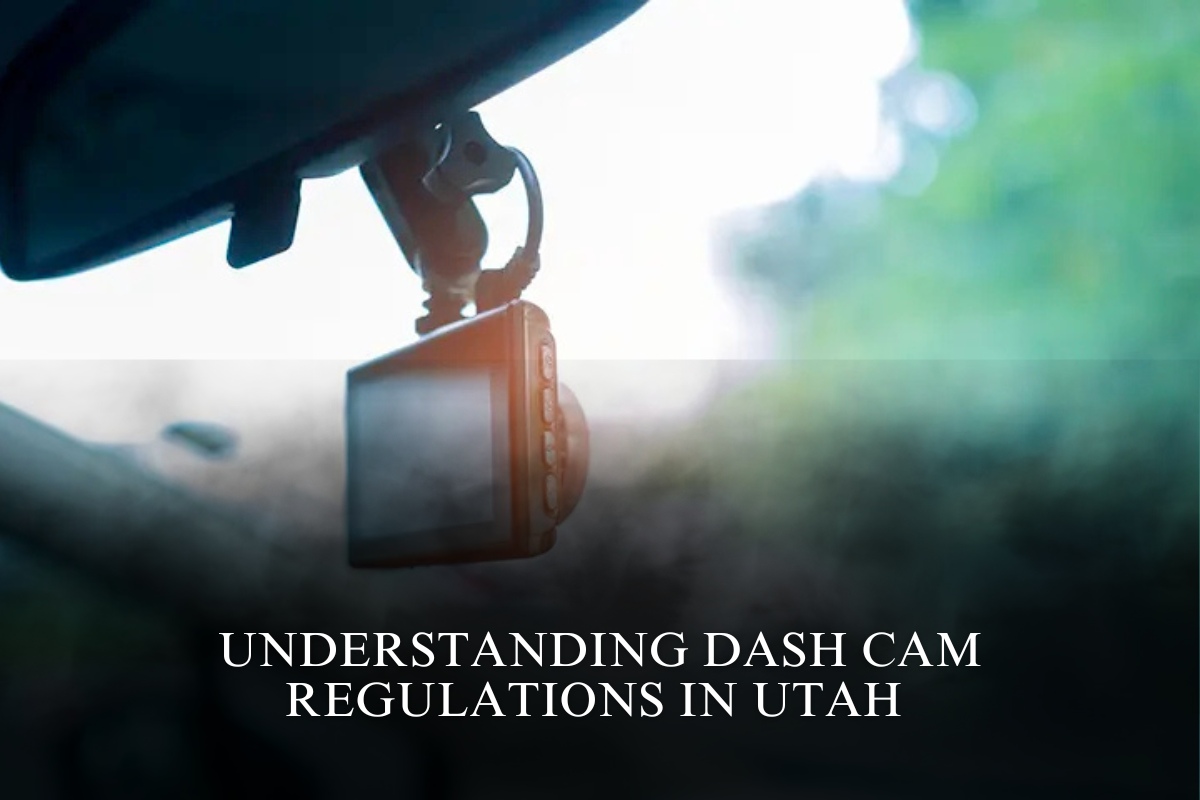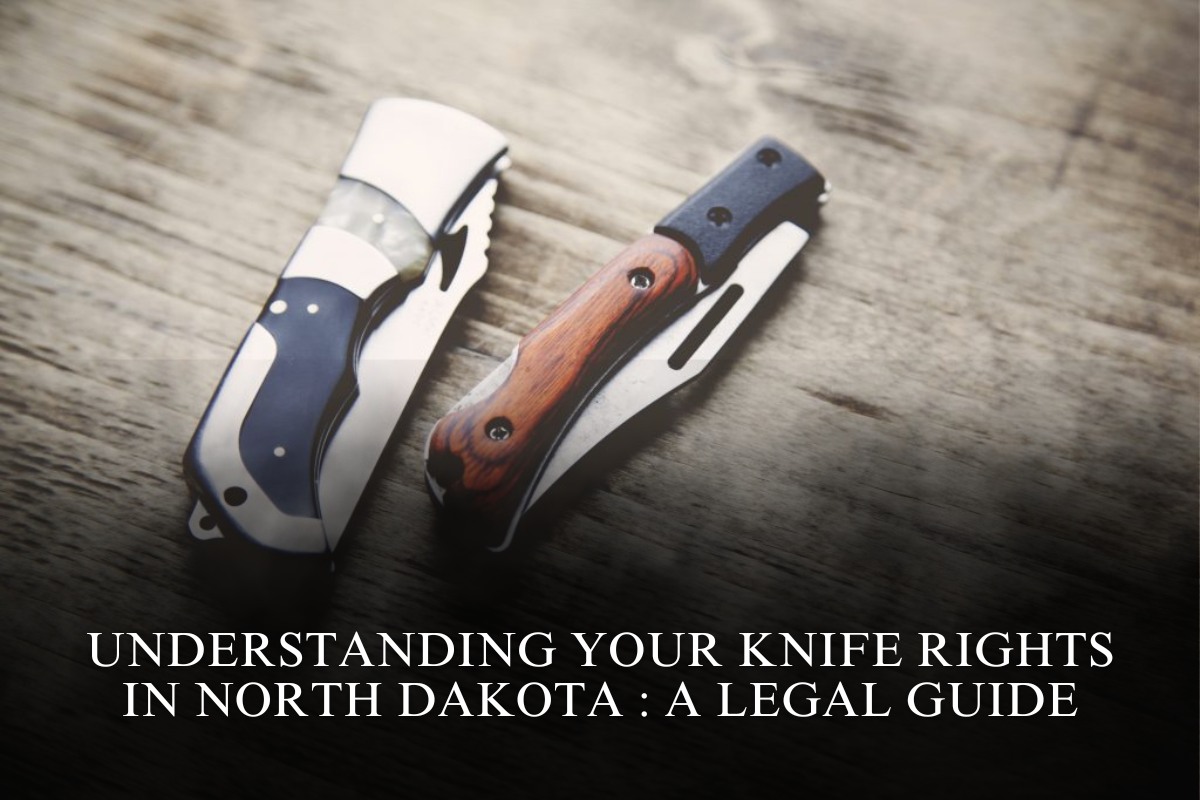In Texas, leaving a dog chained outside is not inherently illegal. However, the practice is heavily regulated under the Safe Outdoor Dogs Act, effective since January 18, 2022. This legislation aims to prevent inhumane conditions associated with tethering and imposes specific requirements on dog owners.
🐾 Key Provisions of the Safe Outdoor Dogs Act
The Safe Outdoor Dogs Act prohibits the use of chains or restraints with attached weights for tethering dogs. Acceptable restraints must be at least 10 feet long or five times the length of the dog, measured from the tip of its nose to the base of its tail, whichever is greater. Additionally, the collar or harness used must be properly fitted to prevent injury.
Dogs left outside and unattended must have access to:
Adequate shelter that protects them from extreme weather conditions
Shade from direct sunlight
Potable drinking water
An area free from standing water and excessive animal waste
Failure to comply with these requirements can result in fines and, for repeat offenders, potential jail time. Each violation is considered a separate offense.
🚫 Exceptions to the Law
The law does not apply to:
Dogs temporarily restrained during camping or recreational activities
Dogs used for herding livestock or assisting in farming tasks
Dogs involved in hunting or field trials
Dogs in open-air truck beds while the owner completes a temporary task
These exceptions are intended to accommodate specific situations where temporary restraint may be necessary.
📞 Reporting Violations
If you observe a dog left chained outside under conditions that violate the Safe Outdoor Dogs Act, you can report the situation to local animal control authorities. It’s important to provide detailed information, including the dog’s condition, the environment, and any other relevant observations. Avoid using emergency services like 911 unless the situation poses an immediate threat to human safety.
While Texas law does not outright ban leaving a dog chained outside, it imposes strict regulations to ensure the practice is humane. Owners must provide appropriate shelter, water, and suitable restraints. Violations can lead to legal consequences, emphasizing the state’s commitment to animal welfare.
✅ Sources
[1] https://ravencresttactical.com/wyoming-knife-laws/
[2] https://knifeup.com/wyoming-knife-laws/
[3] https://nobliecustomknives.com/us-knife-laws/wyoming-knife-laws/
[4] https://law.justia.com/codes/wyoming/title-6/chapter-8/article-1/section-6-8-104/
[5] https://handgunlaw.us/documents/USKnife2.pdf











